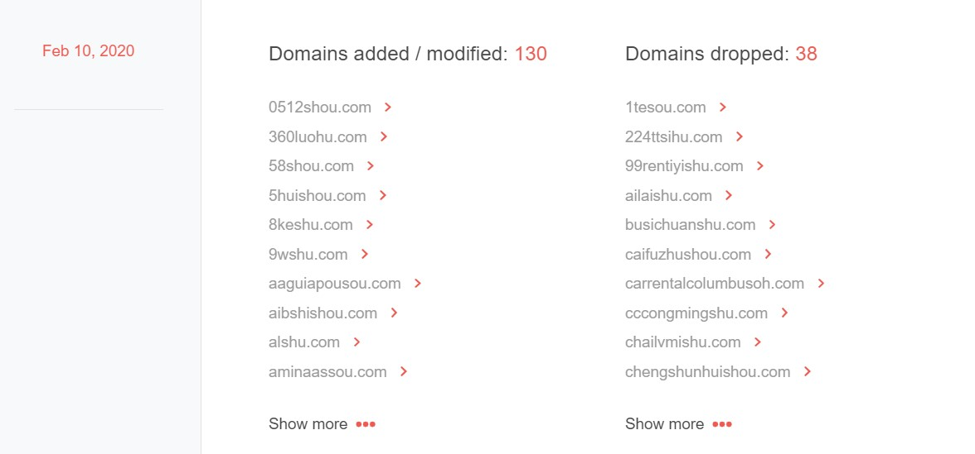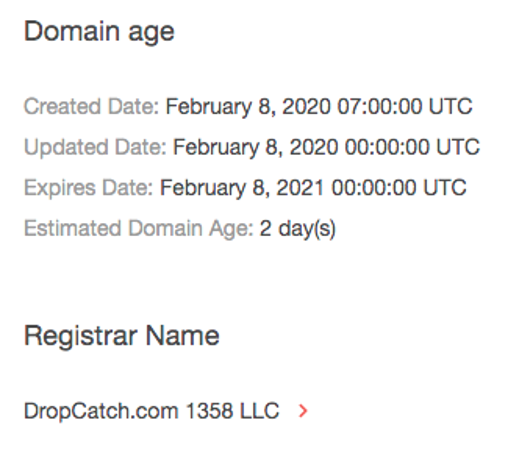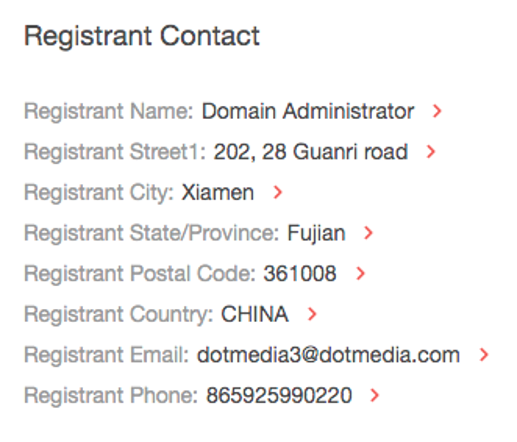Ever encountered a domain name that looks so much like yours that people may be confusing it with your trademarked brand? If you have, do you know what to do?
If you feel that a domain is infringing on your brand, you can file a case with the Internet Corporation for Assigned Names and Numbers citing the Uniform Domain-Name Dispute-Resolution Policy (UDRP). Note, though, that while UDRP has proven successful in resolving cases, there are instances (about 20% of the total case volume) when complaints are nullified.
In 80% of the cases, the complainants obtain the right to own the disputed domain, but the ICANN makes sure they satisfy these three criteria:
- The domain name in question must be confusingly similar or identical to a trademark that the plaintiff owns.
- The respondent has no legitimate interest in using the disputed domain name.
- The domain name of interest was registered and used in bad faith.
Failure to satisfy all three criteria on the plaintiff’s part may result in losing the case. Any company thus needs strong evidence to support its claims. That’s where solutions such as and the other components of the can help.
How to Build a Strong UDRP Case with the Help of Brand Monitor
The first step in avoiding brand abuse is to identify all domain names that may be violating your trademark ownership rights. You can pool a list of all potential cybersquatting domains with Brand Monitor. It has a built-in Typos feature that does away with manually identifying misspelled variations of your domain name. Take a look at how you can build a strong UDRP case below. For demonstration purposes, we chose to use the globally popular domain sohu[.]com.
1. Obtain a list of misspelled variants of your domain name
Sign up or log in to the Brand Monitor page. Type sohu[.]com into the search field and set the Typos feature on. You will immediately see that your domain has 235 possible misspelled variants. You can scroll down the list to see if any of the domains can easily be confused for yours. Take note of these.
2. Monitor domain additions, modifications, and deletions related to your search terms
Brand Monitor lets you see all of the domains that closely resemble your search terms and have been added, changed, or dropped from the WHOIS database. You can see the initial monitoring results after 24 hours. In sohu[.] com’s case, we saw 130 added/modified domains and 38 dropped domains after a day.
3. Identify potential cybersquatters
From the list of domain look-alikes, we chose a recently added domain, mail-sohu[.]com, which could be easily confused with a similar sohu[.]com’s subdomain—mail[.]sohu[.]com. We built a WHOIS report for mail-sohu[.]com to obtain more information about its owner.
4. Compare its registrant information with your own.
We obtained the WHOIS record of sohu[.]com and saw stark differences between the registrant details that include the domain’s age, registrant organization, location, and contact details.
5. Gather evidence to support the three UDRP criteria.
Clearly, mail-sohu[.]com is confusingly similar to sohu[.]com and its sub-domain mail[.]sohu[.]com. Only the registrar’s contact details can be obtained from the domain look-alike’s WHOIS record as it is privacy-protected. That may be an indication that it is not owned by sohu[.]com’s registrant, which made its information publicly available.
Because Internet service provider (ISP) Sohu Inc. has owned sohu[.]com since 1998, it can file a UDRP case to gain ownership of the domain look-alike, which has only been registered last year. While the domain look-alike may not have been used in bad faith, it is clear that Sohu is a known not just in China but worldwide and so obtaining a domain that could easily be mistaken for the ISP’s may not have been a good idea.
—
Sometimes, applying for trademarks is not enough to protect one’s brand from abuse. Brand owners must also regularly monitor the Web for potential cybersquatters who don’t abide by the law or claim ignorance of copyright. In such cases, using solutions such as Brand Monitor and filing a UDRP case may be required so abuse can be addressed.
About the Author

Jonathan Zhang is the founder and CEO of Threat Intelligence Platform (TIP)—a data, tool, and API provider that specializes in automated threat detection, security analysis, and threat intelligence solutions for Fortune 1000 and cybersecurity companies. TIP is part of the WhoisXML API family, a trusted intelligence vendor by over 50,000 clients.







